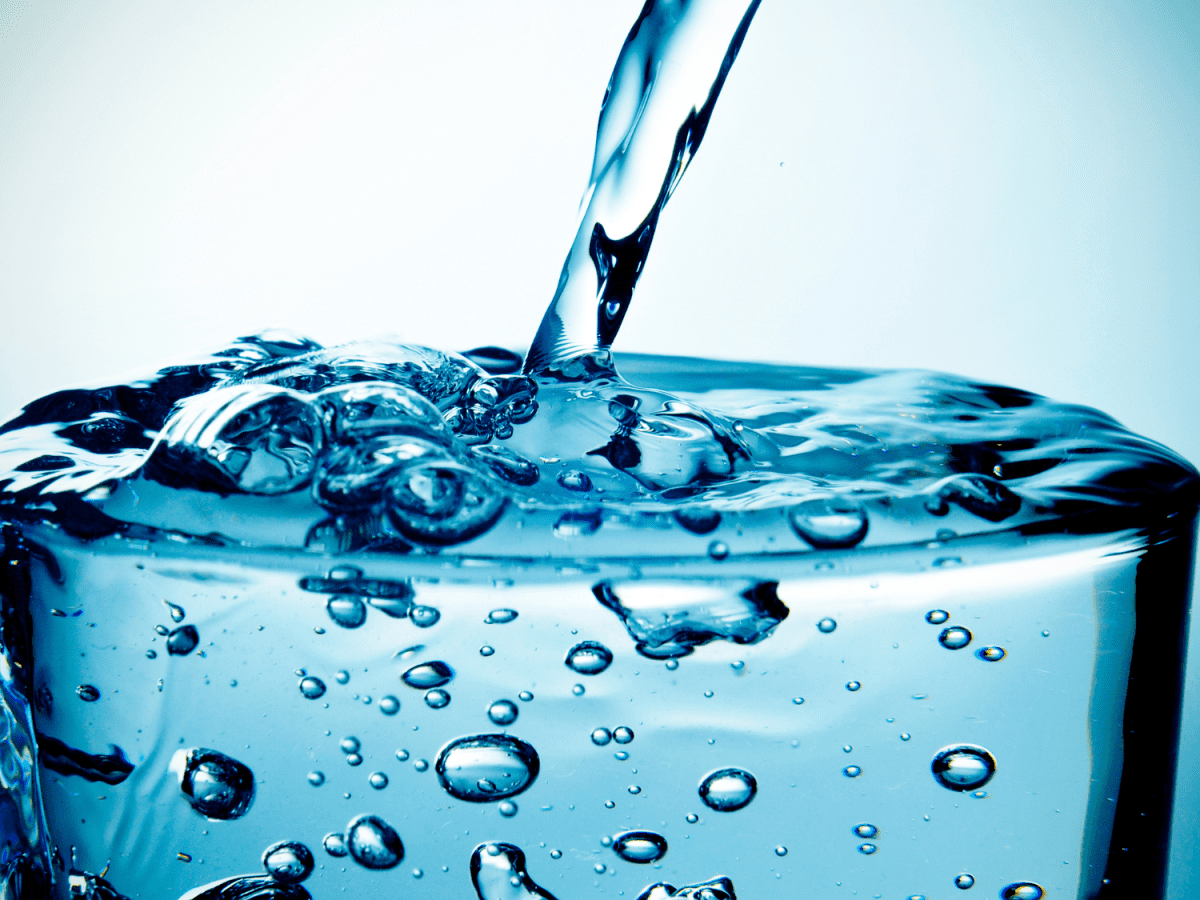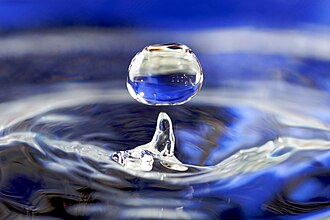The Properties of Water

With its polar nature, powerful cohesion, and universal solvency, water is the unsung hero of biology
The Dive
Water is made up of two small hydrogen atoms and one large oxygen atom, held together by strong polar covalent bonds. This gives the molecule a slight charge at each end—positive on the hydrogen side and negative on the oxygen.
This polarity makes water attract itself and other polar molecules. Think of it as molecular clinginess. This clinginess is why water is so good at dissolving things—it’s known as the 'universal solvent.' If a substance is polar, water can usually pull it apart. Salt? Gone. Sugar? See ya. Oil? Not so much.
Water naturally exists in all three states of matter—solid, liquid, and gas—without needing a fancy lab setup. Ice, liquid water, and steam are all around us, often in the same weather forecast.
Water takes its time to heat up. Its high specific heat and heat of vaporization mean it requires a lot of energy to change temperature or state. That’s why oceans stabilize the Earth’s climate and why your pool still feels like ice in May.
Cohesion and adhesion are why water climbs from plant roots to leaves and blood travels from your feet to your heart. Cohesion keeps water molecules together. Adhesion makes them stick to other surfaces—like xylem walls or blood vessels.
Surface tension is what lets bugs like water striders glide across a pond. It’s also why you can overfill a glass just a little without it spilling. It’s the trampoline of the molecular world.
Why It Matters
Water isn't just necessary for life—it's the reason life behaves the way it does. From climate regulation to cellular respiration, understanding water’s unique properties unlocks an understanding of everything from weather to biology. Every drop is a lesson in physics, chemistry, and ecology.
?
Why do polar and non-polar substances behave so differently in water?
How do cohesion and adhesion make plant life possible?
What role does water’s high specific heat play in climate stability?
Why is surface tension important in ecosystems?
What makes water such an effective solvent, and why does that matter to life on Earth?
Dig Deeper
You think you know water, but you don't. It's odd. And if it wasn't so odd, you wouldn't be here. So how does this seemingly everyday substance turn out to be an epic scientific story of a strange molecule that connects you to everyone and everything on Earth – and the rest of the universe. Alok Jha explains.
Ever wonder what it is about water that makes it so important for life? In this STEMonstration, NASA astronaut Nicole Mann demonstrates the role water’s solvent properties play aboard the space station and explains what makes water so important for life as we know it.
Related

Macromolecules & The Chemistry of Life
Life is built on legos—but not the kind you step on barefoot. We're talking molecular legos: the macromolecules that fuel your body, build your cells, and store your DNA’s secrets.
Reading the Sky: How We Measure Weather and Why It Matters
Weather isn’t just a conversation starter, it’s data, science, and survival. Tracking the atmosphere gives us clues to the future, insight into climate, and the power to make informed decisions.

Aerodynamics and the Forces of Flight
Weight, lift, thrust, and drag—these are the invisible forces every pilot and engineer must master to conquer the sky. From paper airplanes to rocket launches, aerodynamics is the science behind every flight.
Further Reading
Stay curious!
